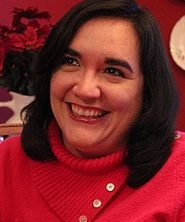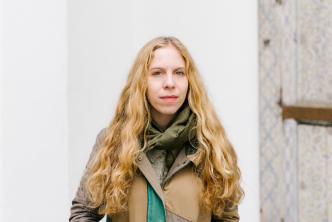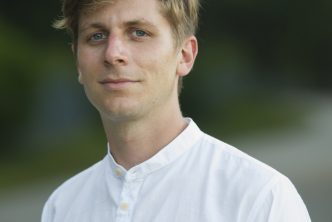There is much we cannot see about change as it occurs. Virtual production indicated a shift in traditional workflows of filmmaking at a time when the world was going through massive upheaval–The COVID-19 pandemic. What made this case a rich resource for theorizing was that it offered an opportunity to examine change as it occurs. The technology had vast possibilities, even if many of these possibilities were yet to be realized. Drawing from trade and fan publications, I begin by exploring how sound was first introduced to film production in the year 1930, shedding light on pre-existing representations of production atmospheres. I then turn to contemporary artifacts in the year 2020 which showed how shifts in production pipelines through virtual production were being represented. I conclude by offering a medium-based approach to the LED screen as a way to articulate how technological objects can be mediums for relational exchange. Building upon existing theories of technological frames as developed by social constructivists, I propose an “atmospheric frame.” The atmospheric frame gives rise to situations of negotiation and these situations are jumping-off points for theorizing around labor, economics and policies in adopting new technologies. My thesis is meant to be a start and not an end. How do we understand change as it occurs? What could be this ongoing heuristic?
Srushti Kamat
Srushti Kamat is a writer/producer examining the intersection of filmmaking, emerging technology and civic participation. Born in Mumbai, India, she was raised in Singapore and earned a Bachelor of Arts Degree (Hon.) in History and Journalism from the University of Oregon.
During her undergraduate years, she co-founded and co-directed Majesty Digital, an initiative to bring women of color both behind and in front of the camera. Her thesis examined the role of Instagram’s features in crafting space for South Asian micro-influencers of the diaspora utilizing the hashtag #unfairandlovely to create and challenge their own hyphenated identities. She realizes that was a long sentence and thanks you for sticking around. At MIT, she is keen to expand upon virtual space-creation and the tools it can provide for impending and ongoing global issues within health, education and activism.
While she has produced films internationally, from Sri Lanka and Vietnam to Washington state and England, the guiding inquiry at the center of this work has remained focused on counter-perceptions of place, identity and home. She joins class of ’22 after working as a producer at Blue Chalk Media in Portland, Oregon, Telescope Studios, Singapore and on projects for Oregon Public Broadcasting.




